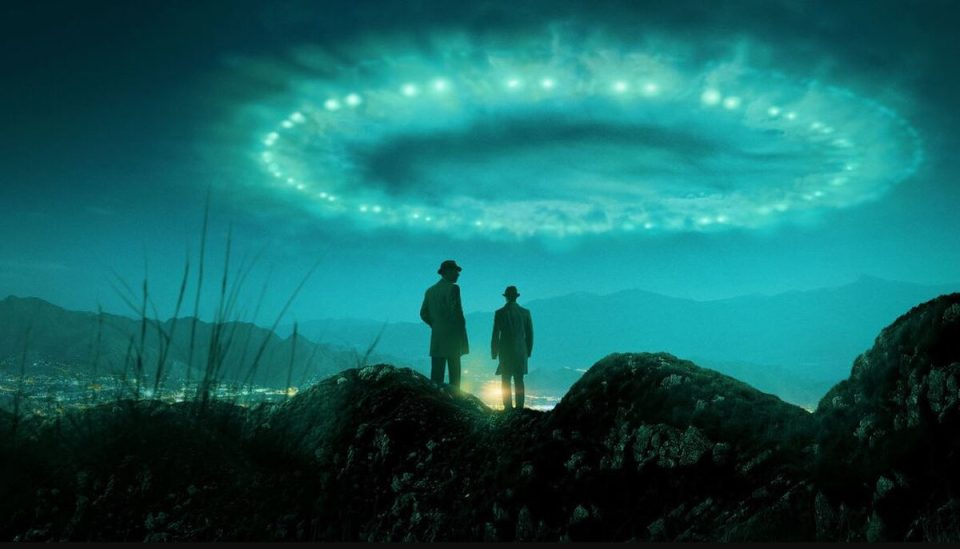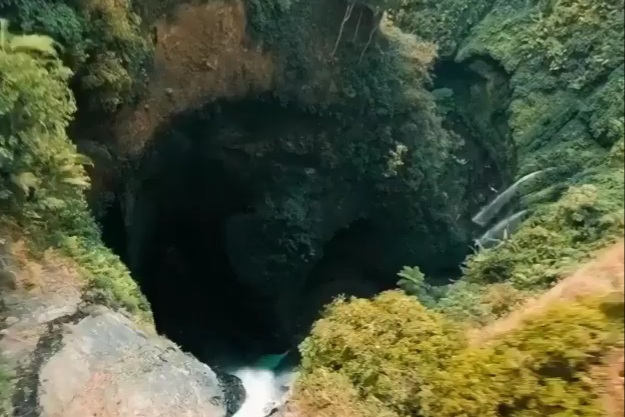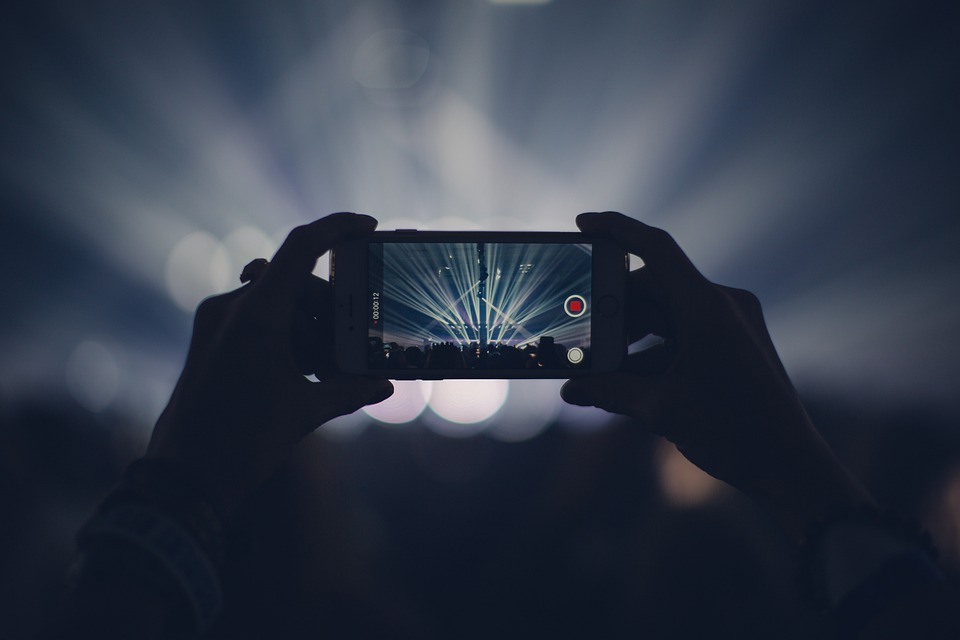Generating electrical energy from lightning is a complex and challenging task. At present, there is no commercially viable method to generate electrical energy from lightning. However, there have been various experimental methods proposed and tested in small scale. Here are five methods that could potentially be used to generate electrical energy from lightning:
1 – Lightning rods: Lightning rods are the most common method for protecting buildings from lightning strikes. These rods are designed to conduct the electrical charge from lightning strikes safely to the ground. While the primary purpose of lightning rods is to protect buildings, they can also be used to generate electricity. By placing a coil around the rod and connecting it to a battery, the electrical energy generated by the lightning strike can be stored.
2 – Tesla coil: A Tesla coil is a type of resonant transformer circuit used to produce high-voltage, low-current, high-frequency alternating-current electricity. By using a Tesla coil, it may be possible to capture the energy from lightning strikes and convert it into usable electrical energy.
3 – Laser-induced plasma channel (LIPC): LIPC is a technique that uses lasers to create a channel of ionized air, which can act as a conductor for lightning. By using LIPC, it may be possible to direct lightning strikes to a specific location, such as a power plant, and harness the energy.
4 – Electromagnetic induction: Electromagnetic induction is the process of generating electrical energy by moving a conductor through a magnetic field. By placing a conductor in the path of a lightning strike, it may be possible to generate electrical energy through electromagnetic induction.
5 – Capacitive coupling: Capacitive coupling is a technique used to transfer electrical energy between two objects using an electric field. By placing a large capacitor in the path of a lightning strike, it may be possible to capture the electrical energy and store it in the capacitor.
It’s important to note that all of these methods are still in the experimental stage and may not be practical or commercially viable at this time. Additionally, capturing energy from lightning strikes can be extremely dangerous and should only be attempted by trained professionals in a controlled environment.












